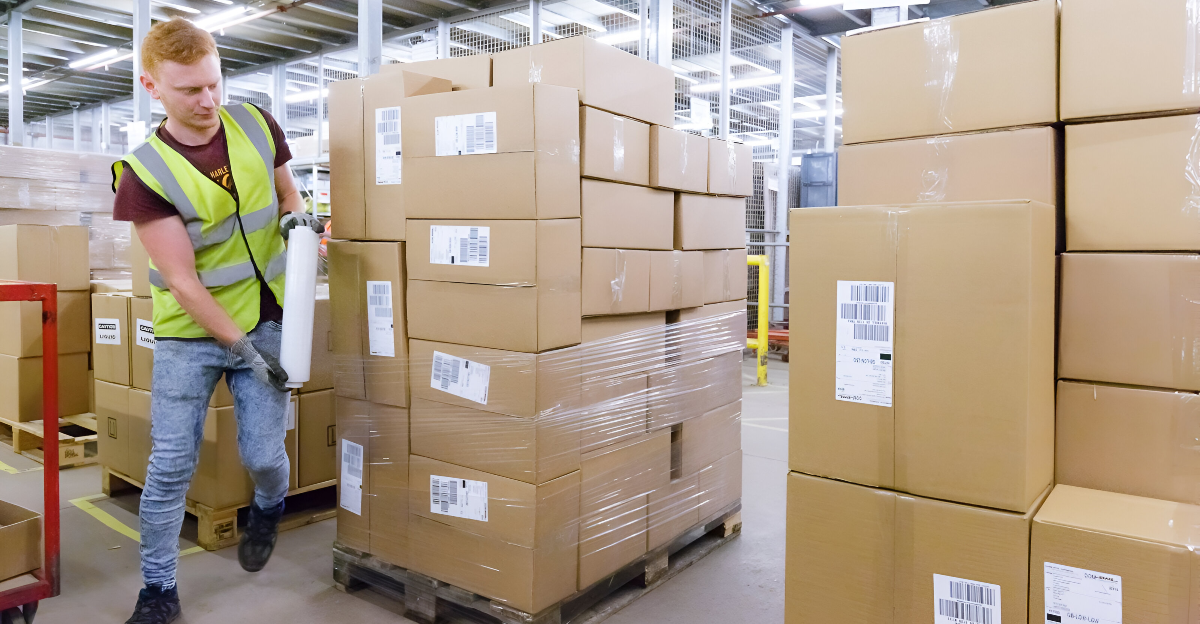
Deliver It, once a rising regional courier, abruptly ceased operations on July 7. Drivers woke up to social media posts and news alerts, not internal memos. The sudden silence from leadership sent shockwaves through its workforce. We’ll explore how this small carrier went from pandemic boom to sudden bust, and what it means for its people and the industry as a whole.
The Announcement
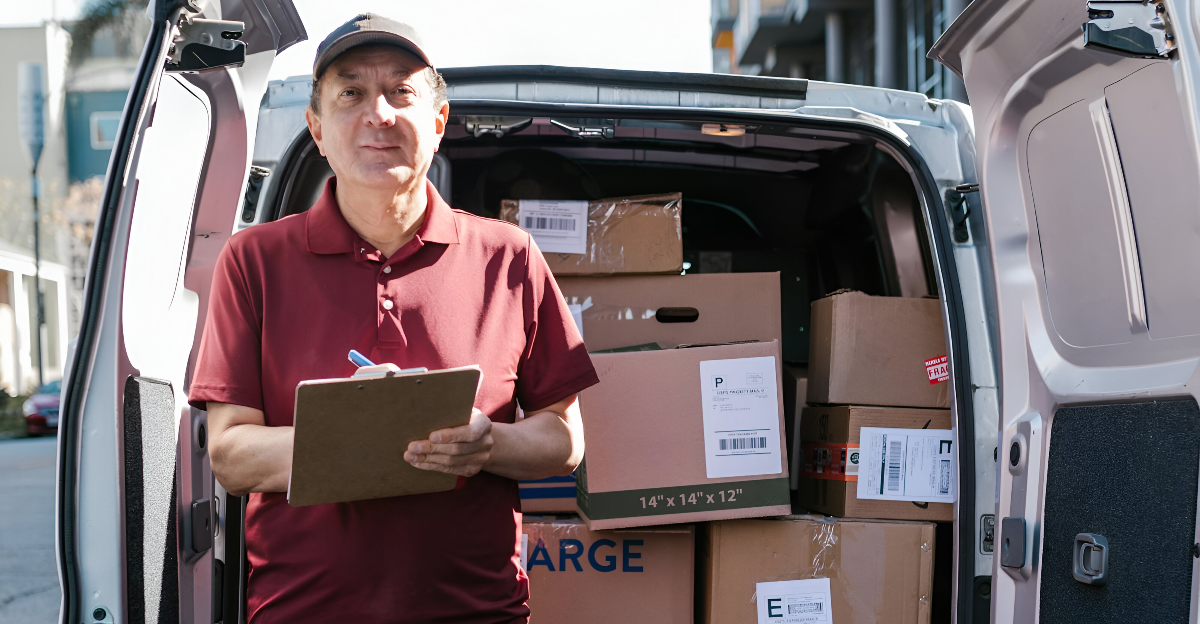
Deliver It’s demise became news on July 7, but for the employees, it hit like a gut punch. More than 100 drivers learned their jobs vanished overnight. How could a firm that thrived on post-COVID growth collapse so quickly? The answer lies in its operations and the pressure points lurking beneath.
Not a National Rival—But a Local Contender
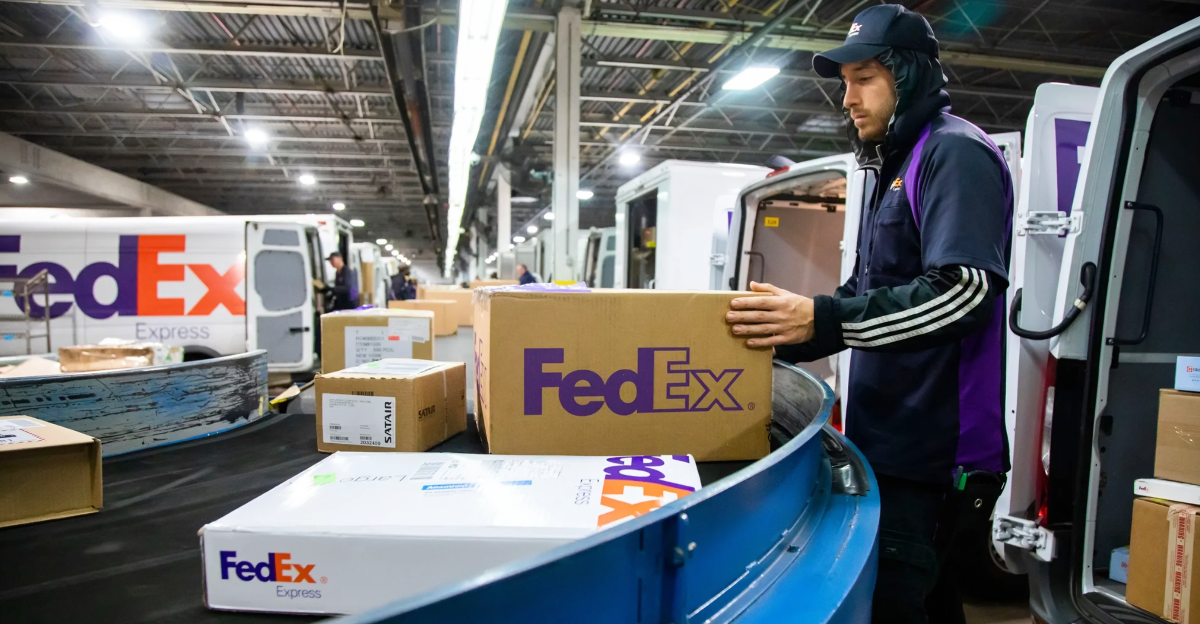
Some readers took issue with labeling the company a “FedEx rival”, and they’re not wrong. This wasn’t a global or even national player. It operated solely in California, Arizona, and Nevada, positioning itself as a nimble, tech-savvy option for last-mile deliveries. While it couldn’t go toe-to-toe with FedEx, regionally it aimed to fill a specific gap the giants often overlook.
Deliver It’s Real Footprint

The company targeted high-speed delivery for time-sensitive sectors: law firms, hospitals, even film studios. It emphasized next-day service, after-hours drop boxes, and live package tracking. At its peak, Deliver It claimed $40.6 million in revenue and employed more than 100 people. But even with strong regional demand, going up against giants like FedEx and UPS demands more than smart logistics.
A Pandemic Boom That Didn’t Last

Like many delivery companies, Deliver It saw a huge boost during the pandemic. Online shopping exploded, and big carriers were overwhelmed. Deliver It filled that gap, expanding quickly and investing in tech. FreightWaves reports that volume from alternative carriers rose 40% between 2019 and 2024. But rapid growth brought high costs. Residential deliveries are expensive, and unlike national players, Deliver It didn’t have the deep pockets to cover long-term risks.
Bank Pulled Credit, Everything Collapsed

In February 2025, Deliver It’s lender, Pathward, froze a $20 million credit line. That alone might have sunk the company. But it got worse. Two creditors: Black Widow Holdings and Love, Inc., filed an involuntary Chapter 7 petition, citing $1.2 million in unpaid fleet leases. Deliver It initially vowed to fight. But with $11 million in projected negative free cash flow, it quietly consented on July 8. The game was already over.
Inside the Collapse: Who Got Paid, Who Didn’t

Chapter 7 meant liquidation, not rescue. Court filings show Deliver It owed $10.6 million to Pathward, $3.4 million to insurance underwriters, and $600,000 in unpaid workers’ comp premiums. Because senior creditors hold top liens, equity was wiped out. Drivers, owed mileage fees and expenses, were pushed to the back of the line. Financially, they’re last in line. Emotionally, many feel they were the first to fall.
Small Players Can’t Keep Up on Price

By 2024, shipping margins had gotten razor-thin. According to the Pitney Bowes Parcel Shipping Index, carrier revenue per package dropped to just $9.09. For a small regional company, that left little room for error. Deliver It had to compete with FedEx, UPS, and USPS, which can cut prices and take losses in tight markets. For Deliver It, even a small dip in cash flow or customer volume spelled danger.
Freight Market Enters Prolonged Slump

The delivery world hasn’t bounced back from the pandemic; it’s plunged into what experts call the “Great Freight Recession.” According to Transport Topics, the industry has seen 13 straight quarters of declining demand. Consumers are buying fewer goods, and costs like fuel and labor keep climbing. Big carriers can handle that. But regional ones, like Deliver It, can’t survive this kind of long-term pressure. Many others are in the same boat.
Deliver It Joins a Long List of Casualties

Since 2024, several regional delivery companies have folded. Pandion, which raised $41.5 million, shut down in January 2025. Point Pickup closed in March 2024. Maergo shut its doors in July 2024. Even Pitney Bowes’ global e-commerce division gave up in August 2024. According to industry data, 88,000 trucking firms and 8,000 freight brokerages went out of business in 2023. It’s a trend with no signs of stopping.
Staff Found Out Through Social Media

Instead of hearing from management, workers found out through LinkedIn and text messages. In one widely shared post, CCO Kendra Jackson wrote she had “received notice yesterday that Deliver It has unexpectedly closed its doors.” That was how most drivers learned they were out of a job. The company’s silence showed how disorganized things had become and how little protection there was for the workers left behind.
No Pay, No Warning, Just Job Loss

Deliver It’s collapse didn’t just cut off income. It threw entire families into crisis. Many drivers had no idea how to return company vehicles or where their final paychecks were. There were no severance packages, no official emails, and no help. According to reports from Supply Chain Dive, the company gave no advance notice. Workers were left scrambling for unemployment help and worried about how to cover rent and bills.
Reviews Tell a Mixed Story

Deliver It had its fans, some workers praised the freedom, steady hours, and friendly coworkers. A dispatcher from Fresno called it “a great environment” and said they’d miss the team. But others saw a different company entirely. From payroll delays to broken promises, the reviews painted a fractured picture. And in logistics, internal friction often reflects deeper instability.
Payroll Delays Sparked Distrust
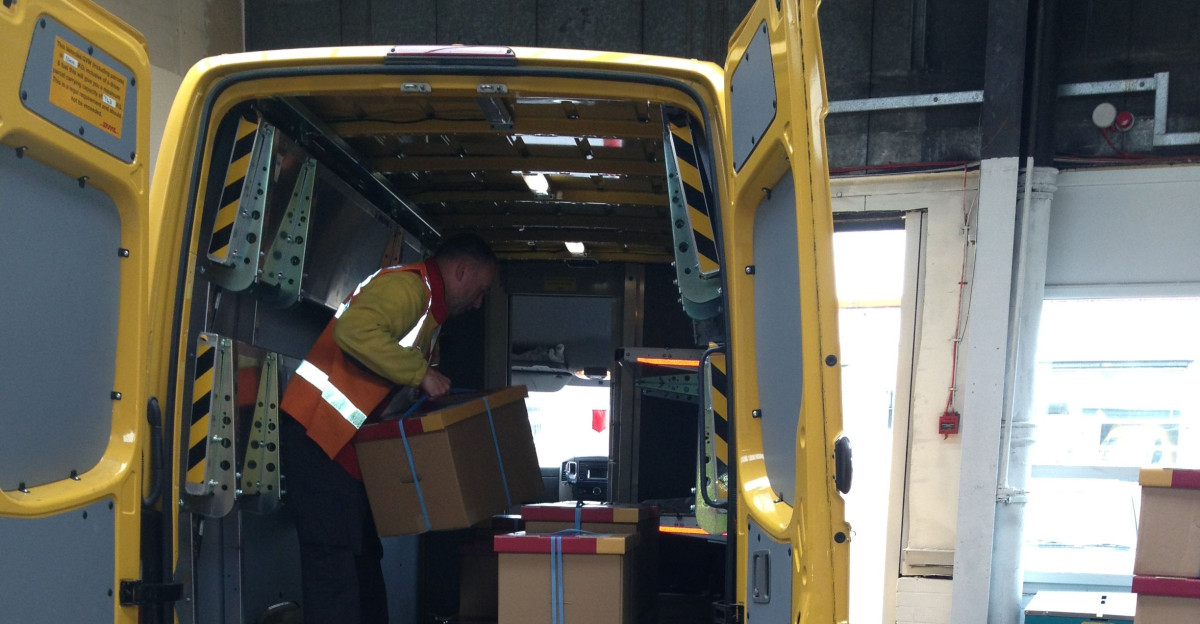
Several drivers claimed Deliver It had a pattern of late payments. One Palm Springs employee said they were paid late for two years straight, calling it “very difficult to pay bills on time.” Another warned that the company “barely had enough money to pay employees.” In an industry built on reliability, missing paychecks is a red flag few forget.
When Reputation Breaks Down

Online forums and employee reviews accused Deliver It of poor service, misleading communication, and even package theft. While these claims remain unverified, they added fuel to the fire. In an age where every mistake lives online forever, struggling logistics companies can’t afford to lose public trust, even locally.
A Fractured Labor Model

Many small carriers rely on independent contractors. That setup cuts costs but weakens loyalty and protection. Deliver It’s model left drivers responsible for their own benefits, and vulnerable to sudden shutdowns. One review called it “one of the worst jobs I’ve ever had.” Another quit simply because they were “unhappy.” Low morale becomes costly over time.
Big Companies Stay Afloat by Cutting Deep
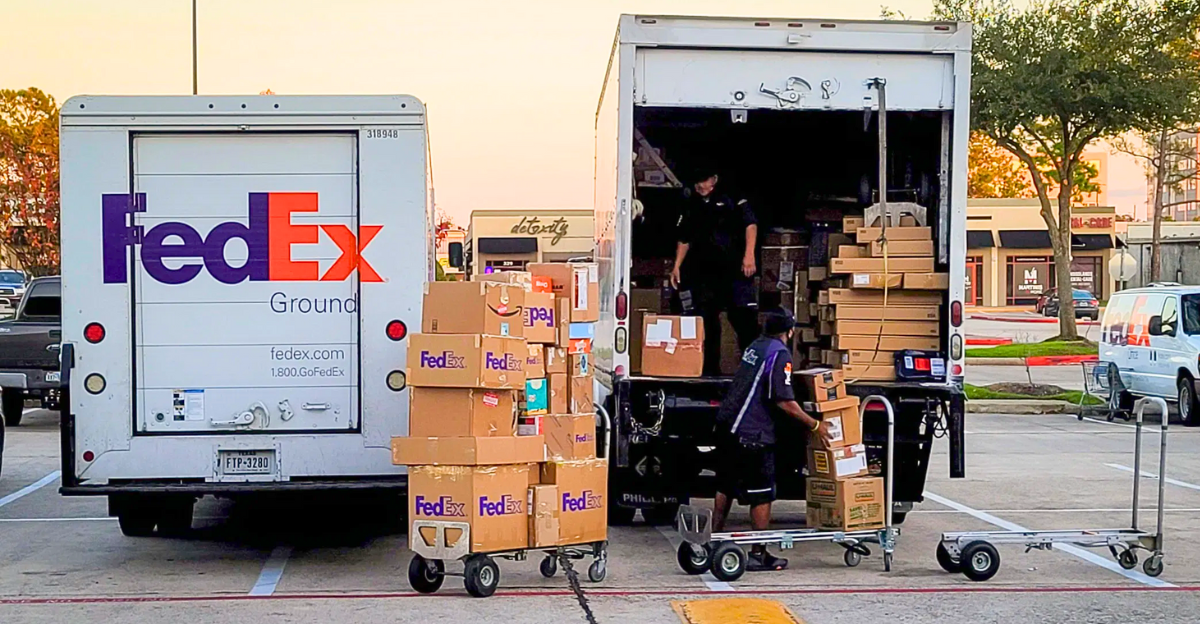
FedEx and UPS are also struggling, but they have options. FedEx is closing terminals and cutting jobs through a strategy called “Network 2.0.” UPS shut down 45 facilities in 2024 and trimmed its daily package volume by 1 million. These changes hurt, but they keep the companies alive. According to FreightWaves, these carriers also rely on international business, freight, and healthcare shipping, giving them more ways to survive downturns.
Why Automation Is a Game Changer
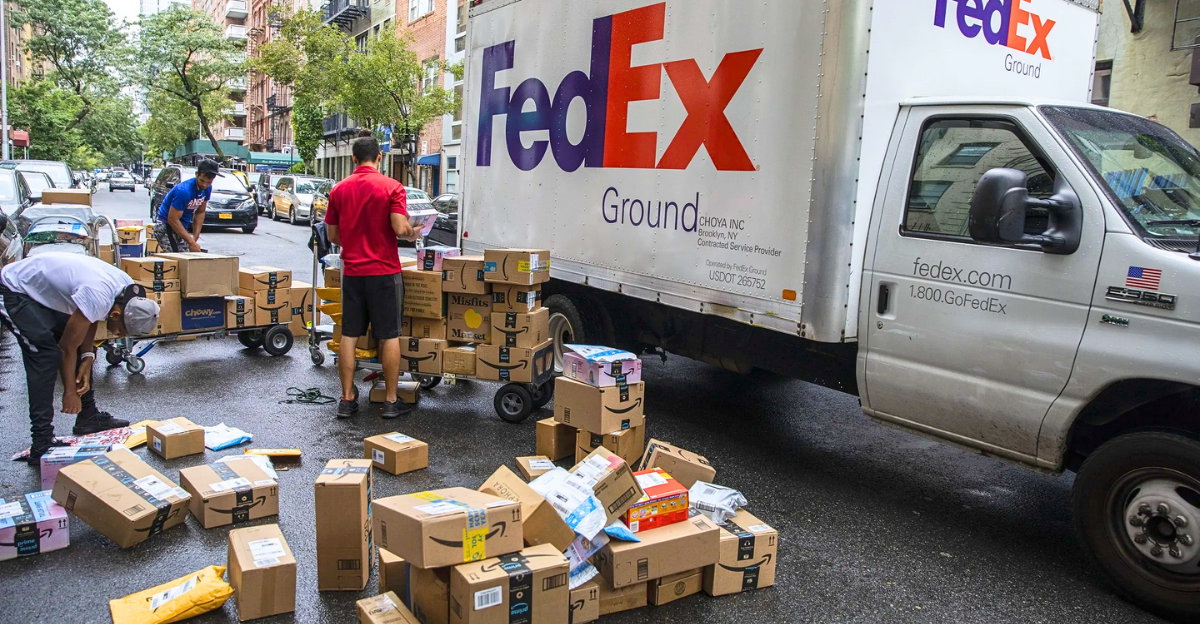
FedEx and UPS are investing in technology that smaller companies can’t afford. FedEx now runs facilities that process 56,000 packages per hour using automation. UPS plans to triple its automated locations to 400 by 2028. These upgrades cut labor costs and speed up sorting. But they come at a high price. Smaller carriers like Deliver It don’t have the capital to modernize, making it even harder to compete in the long run.
Could Deliver It Rise From the Ashes?
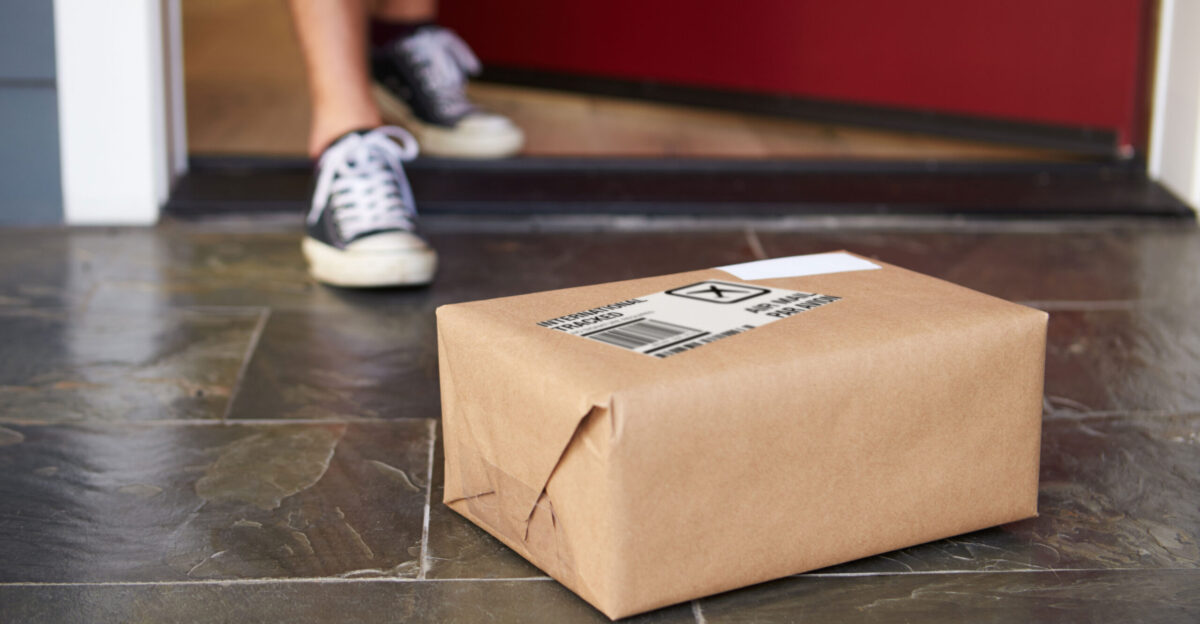
Some believe Deliver It could return under new owners. In logistics, it’s common for closed companies to be sold off and restarted. Deliver It’s software, trucks, and delivery routes may still hold value. But its bankruptcy case and unpaid debts could scare off buyers. As logistics experts shared on LinkedIn, the damaged brand and legal mess could make a comeback very difficult. For now, the company remains shuttered.
What This Means for Consumers
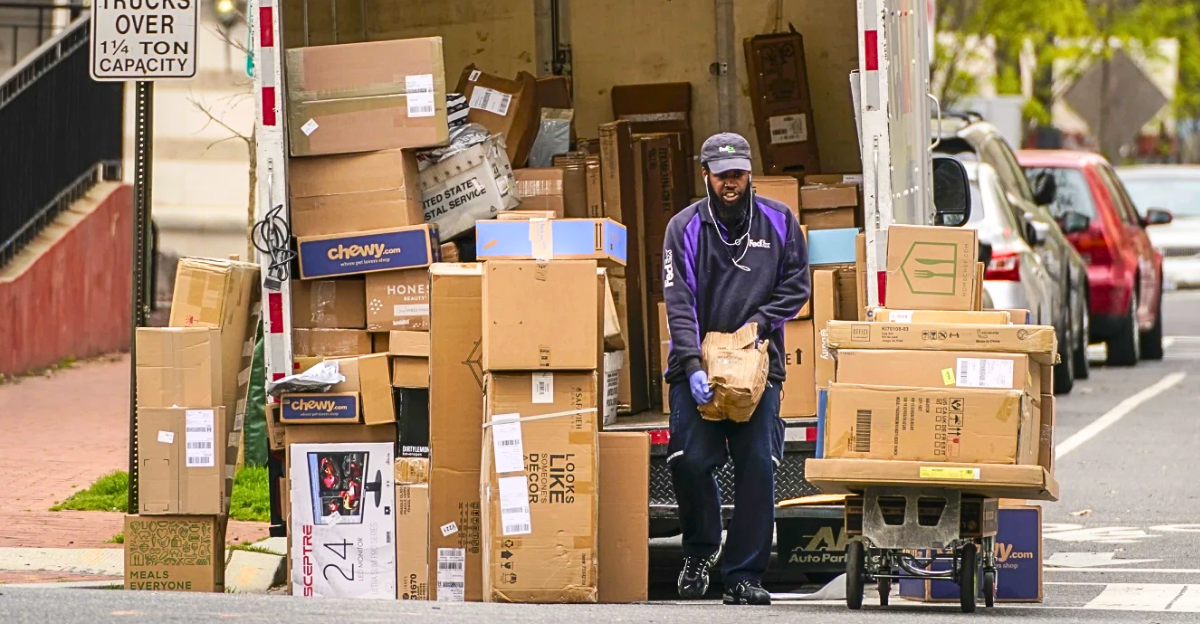
Fewer delivery companies mean fewer options. When regional carriers like Deliver It shut down, costs go up and service goes down. Businesses lose flexibility, and consumers see longer wait times. Without local competition, the big players face less pressure to improve. Many customers who relied on Deliver It for fast, personalized service now have to adjust to slower and more expensive national alternatives.
Time for Lawmakers to Step In?

The wave of closures raises tough questions about market fairness. As FedEx, UPS, and Amazon dominate, regulators may need to take a closer look. Should there be stronger rules for financial reporting? What about protections for workers when companies close overnight? Some experts say antitrust laws might need an update to keep competition alive in parcel delivery. For now, policymakers are still watching from the sidelines.
The Shake-Up Isn’t Over Yet

Deliver It’s fall could signal a warning. Regional carriers are being squeezed out, not always for lack of demand but because capital structure kills faster than bad service. Drivers often don’t realize where they rank in the financial food chain until it’s too late. As tech-driven logistics firms burn through cash and vanish overnight, what’s left is a delivery industry more concentrated, more automated, and less forgiving. The next shake-up may already be on the road.